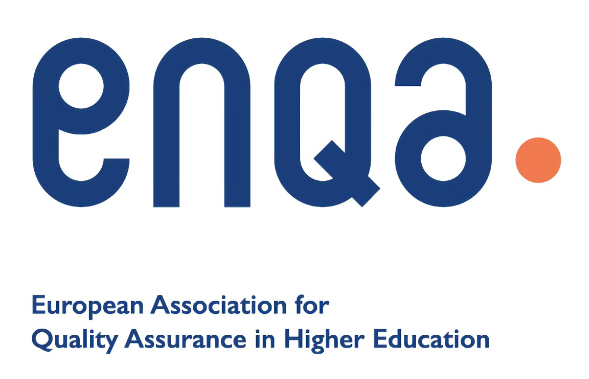Pursuant to the Act on Quality Assurance in Higher Education and Science (OG 151/22) the Agency for Science and Higher Education conducts the procedure of re-accreditation of higher education institutions.
The re-accreditation of higher education institutions is an external quality evaluation procedure which is a requirement for all new public and private higher education institutions in five-year cycles.
The goal of the re-accreditation procedure is to evaluate and assess the quality of the higher education institution in accordance with the national legal criteria, Standards and Guidelines for Quality Assurance in the European Higher Education Area (ESG) and international trends and good practice.
The purpose of the re-accreditation procedure is to assure the quality of higher education institutions and to foster further development of quality in the main aspects of operation of the higher education institution. In this way, it is ensured that students study at high-quality higher education institutions that meet the necessary conditions and are focused on the permanent development of the quality of their work.
Evaluation area
The re-accreditation of a higher education institution includes an analysis and assessment of the quality of a higher education institution passed by an appointed expert panel according to the defined quality standards that are grouped into four assessment areas:
- Higher education institution management and quality assurance
- Study programmes and lifelong learning programmes
- Student-centred learning and teaching – teaching process and student support
- Teaching capacities and infrastructure of the higher education institution
- Research/ artistic and professional activity
Outcome of the procedure
Based on the report of the expert panel which comprises an analysis and a quality grade of the higher education institution, the Accreditation Council adopts a reasoned proposal with a grade of quality of the higher education institution and the recommendations to improve quality, based on which the Agency takes a decision to issue a license, to issue a letter of expectation or to revoke a license for the higher education institution to operate or to revoke a license for the study programme delivery.
The right to lodge a complaint
The higher education institution may lodge a complaint with the Agency’s Complaints Committee against the Accreditation Council’s reasoned proposal within 30 days of receipt of the reasoned proposal. The Complaints Committee investigates the validity of the complaint and responds to each claim made in the complaint within a maximum of 15 days upon receiving the complaint.
Follow-up procedure
The Follow-up Committee monitors the work of the higher education institution. A higher education institution which received a letter of expectation is to adopt an action plan for the purpose of implementing issued recommendations within a maximum of three months from the day of issuance of the letter of expectation. If the higher education institution fails to carry out the planned activities the Accreditation Council submits a reasoned proposal to the Agency to revoke a licence for the higher education institution to operate and/or revoke a licence for delivering a study programme. The higher education institution which received a license is required to adopt an action plan for the purpose of implementation of recommendations and submit a report on the implementation of the plan.
Pursuant to the Act on Quality Assurance in Higher Education and Science (OG 151/22) and the preceding public consultation, the Accreditation Council of the Agency for Science and Higher Education adopted the documents governing the conducting of the procedure of the re-accreditation of higher education institutions at its 4th session held on 6 July 2023.
Files
- Ordinance on conducting the procedure of re-acreditation of higher education institutionsPDF | 587 KB
- Quality standards for evaluations in the procedure of re-accreditations of higher education institutionsPDF | 551 KB
- Analytic supplement to self-evaluation report – tables and notesDOCX | 112 KB
- Self-evaluation reportDOCX | 20 KB
- Report of the expert panelDOCX | 54 KB
- Comment on the final reportDOCX | 28 KB


